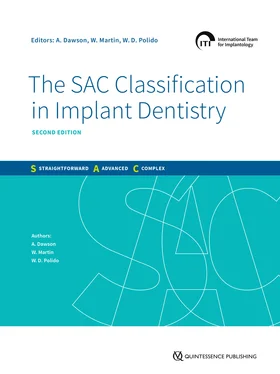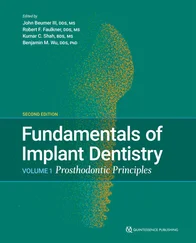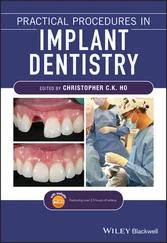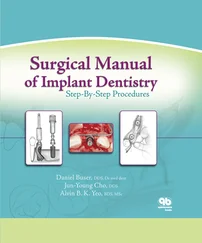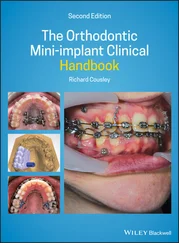In this model, the clinician has a potentially disproportionate influence: they select the patient, the treatment approach, and the biomaterials, and they subsequently carry out the treatment on the patient. Thus, a flaw or shortcoming in their knowledge or skills will put their patient at greater risk of adverse outcomes. Therefore, in answer to the question posed earlier, we must conclude that the clinician has the potential to be a significant risk factor.
Can the SAC classification assist in reducing risk? By focusing the attention of the clinician on potential risk factors, it should ensure that the clinician-related risk is mitigated. However, the review group did not believe that the clinician could be considered as a factor in determining the SAC classification for a case, as they were not confident that all clinicians could accurately self-assess their ability. Nonetheless, discussions such as this may assist individuals in progressing along their own learning journey and improve their ability to control this potential risk.
2.4 Classification Rationale
In the 2009 version of the SAC classification (Dawson & Chen, 2009) the main determinants of the classification were:
• The esthetic risk
• The complexity of the process
• The risks of complications
These factors were considered for each of the treatments considered in this publication, and a normative SAC classification was derived for each of these case types. Further modifiers were considered that might increase or decrease the level of complexity or risk, but these did not change the normative classification for the case type.
In this update, the normative classifications have been reviewed, but they have not altered greatly. These are still based on the factors above, with an increased emphasis on the SAC classification as a risk management instrument.
The updated SAC Assessment Tool now allows users to derive a SAC classification for their specific case based on the pattern of risk factors that they report. Risks are considered in four broad areas:
• General risksThese are the issues normally identified during anamnesis and the initial clinical assessment and are mostly patient related.
• Esthetic riskEsthetic issues are often the patient’s only way of measuring the treatment outcome. This is more than a consideration of “is the treatment site visible during function and/or smiling, and are the peri-implant mucosal tissues visible?” but also includes other factors described by Martin and coworkers (Martin et al, 2017) in their discussion of the esthetic risk assessment for single-tooth implant prostheses. Esthetic risk assessment for more extensive tooth replacement situations have also been considered.
• Edentulous esthetic riskWhen patients undergo complete loss of teeth, several unique clinical factors specific to this patient subset can have a significant influence on esthetic outcomes. The edentulous esthetic risk assessment will highlight these factors as they influence particular case types.
• Surgical riskFactors influencing the complexity and risk of the surgical phase of treatment.
• Prosthetic risksFactors relating the implant-supported prosthesis; for example, the clinical processes involved, the mode of manufacture, the materials used, and the design employed.
Each of these areas will be considered in more detail later in this book.
Конец ознакомительного фрагмента.
Текст предоставлен ООО «ЛитРес».
Прочитайте эту книгу целиком, купив полную легальную версию на ЛитРес.
Безопасно оплатить книгу можно банковской картой Visa, MasterCard, Maestro, со счета мобильного телефона, с платежного терминала, в салоне МТС или Связной, через PayPal, WebMoney, Яндекс.Деньги, QIWI Кошелек, бонусными картами или другим удобным Вам способом.
